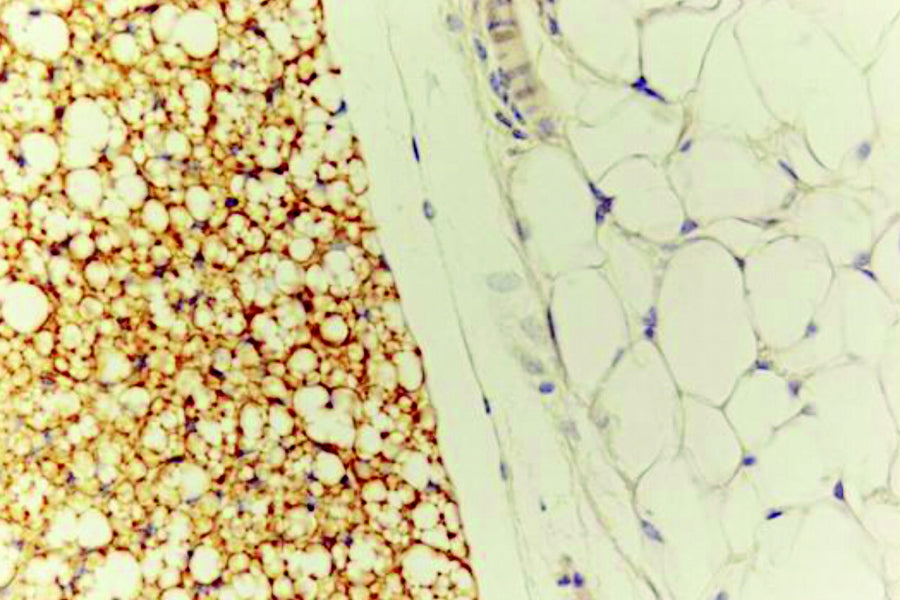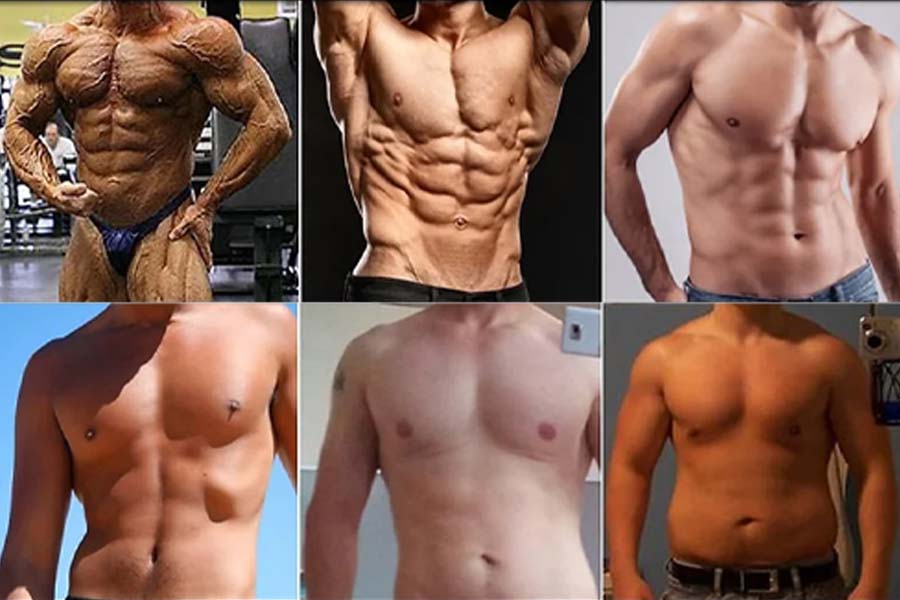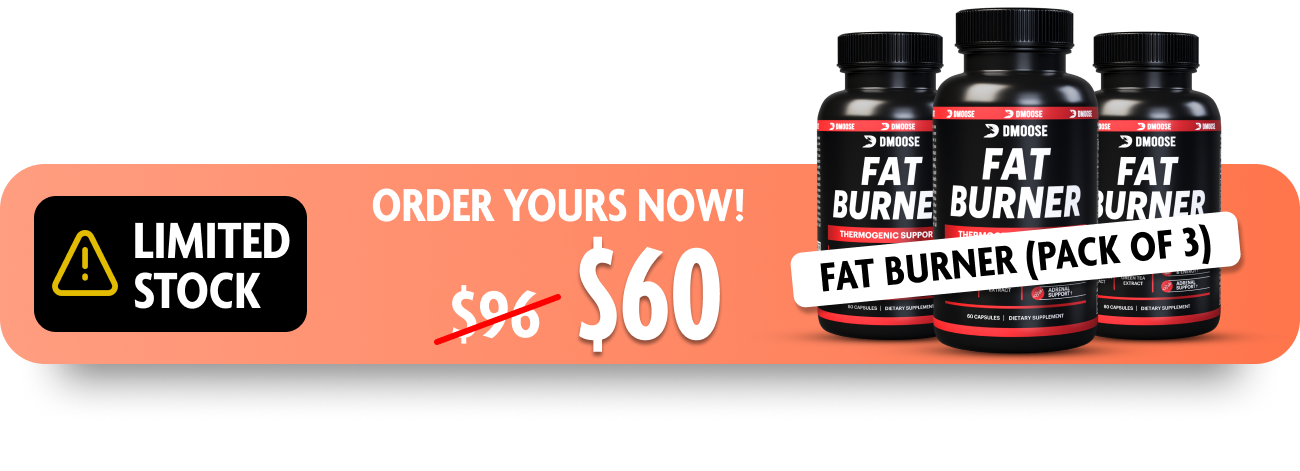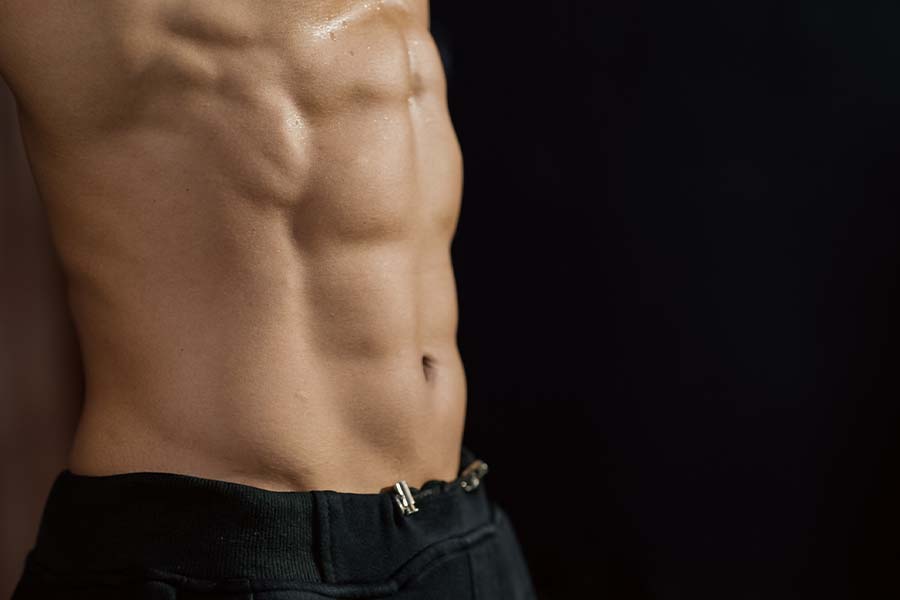Many fitness enthusiasts aim to have a chiseled six-pack, an aesthetic sign of strong abs. However, achieving well-defined abs requires more than just doing crunches and dieting. The amount of visible abdominal muscles depends on the body fat percentage, as a lower percentage means more defined abs.
So, what body fat percentage do you need to see abs? It varies depending on different factors, such as gender and genetics. In this article, we'll delve into the specifics of body fat percentages, discuss how they relate to visible abs, and offer tips to help you achieve your dream six-pack.

What Is Body Fat Percentage?

Body fat percentage is a term that refers to the amount of fat tissue in an individual's body relative to their overall weight. It is a crucial indicator of overall health and can be measured using various methods, including body fat calculator, skinfold calipers, bioelectrical impedance, and dual-energy x-ray absorptiometry (DEXA).
A healthy body fat percentage varies depending on gender, age, and overall fitness level. Men tend to have a lower body fat percentage than women due to higher testosterone levels. In comparison, older adults tend to have higher body fat percentages than younger individuals due to decreased muscle mass.
Excess body fat is associated with various health problems, including cardio disease, diabetes, and certain types of cancer. Therefore, maintaining a healthy body fat percentage is essential by following a balanced diet and engaging in regular exercise.
It is worth noting that body fat percentage is not the same as body mass index (BMI), which measures body fat based on height and weight. While BMI is a helpful tool for measuring overall health, it does not consider differences in body composition and may not be an accurate indicator of individual health risks.
Related Article: BMI Vs. Body Fat Percentage - Which Number Is More Important?

What Body Fat Percentage Is Healthy?
While it's essential to have some body fat, too much body fat can lead to health conditions such as heart disease, diabetes, and high blood pressure. On the other hand, having too little body fat can also be unhealthy and lead to many health problems. Thus, it's crucial to maintain a healthy body fat percentage because obesity takes greater toll than thought.
Healthy Body Fat Percentage of Men
Men's healthy body fat percentage varies depending on their age, lifestyle, and overall health. However, a healthy body fat percentage for men is between 10-20%.
Athletes and bodybuilders may have a lower body fat percentage, but a body fat percentage of 10-20% is considered healthy for the average man not engaging in extreme physical activities.

Healthy Body Fat Percentage of Women
Just like men, women's healthy body fat percentage varies depending on their age, lifestyle, and overall health. However, a healthy body fat percentage for women is between 18-28%. Women have body fat percentages on the higher side than men due to the differences in hormonal balance and body composition.
However, it's important to remember that a high body fat percentage does not necessarily mean that a woman is unhealthy. Women's bodies require more fat than men's for fertility and other biological functions.

The American Council on Exercise calculated that the percentage of body fat for men and women varies with age as follows:
Age Group (20-29 years):
|
Category |
Men |
Women |
|
Dangerously Low |
Under 8% |
Under 14% |
|
Excellent |
8-10.5% |
14-16.5 % |
|
Good |
10.6-14.8% |
16.6-19.4% |
|
Fair |
14.9-18.6% |
19.5-22.7% |
|
Poor |
18.7-23.1% |
22.8-27.1% |
|
Dangerously High |
>23.2% |
>27.2% |
Age group (30-39 years):
|
Category |
Men |
Women |
|
Dangerously Low |
Under 8% |
Under 14% |
|
Excellent |
8-14.5% |
14-17.4% |
|
Good |
14.6-18.2% |
17.5-20.8% |
|
Fair |
18.3-21.3% |
20.9-24.6% |
|
Poor |
21.4-24.9% |
24.7-29.2% |
|
Dangerously High |
Over 25% |
Over 29.2% |
Age Group (40-49 years):
|
Category |
Men |
Women |
|
Dangerously Low |
Under 8% |
Under 14% |
|
Excellent |
8-17.4% |
14-19.8% |
|
Good |
17.5-20.6% |
19.9-23.8% |
|
Fair |
20.7-23.4% |
23.9-27.6% |
|
Poor |
23.5-26.6% |
27.7-31.9% |
|
Dangerously High |
Over 26.7% |
Over 31.3% |
Age Group (50-59 years):
|
Category |
Men |
Women |
|
Dangerously Low |
Under 8% |
Under 14% |
|
Excellent |
8-19.1% |
14-22.5% |
|
Good |
19.2-22.1% |
22.6-27% |
|
Fair |
22.2-24.6% |
27.1-30.4% |
|
Poor |
24.7-27.8% |
30.5-34.5% |
|
Dangerously High |
Over 27.9% |
Over 34.6% |
Age Group (60 and above 60 years):
|
Category |
Men |
Women |
|
Dangerously Low |
Under 8% |
Under 14% |
|
Excellent |
8-19.7% |
14-23.2% |
|
Good |
19.8-22.6% |
23.3-27.9% |
|
Fair |
22.7-25.2% |
28-31.3% |
|
Poor |
25.3-28.4% |
31.4-35.4% |
|
Dangerously High |
Over 28.5% |
Over 35.5% |
Related Article: How to Measure Body Fat Using Callipers
Types of Body Fats
Body fat is often considered the enemy of a well-toned body, especially when developing six-pack abs. While it is true that body fat can hinder the appearance of those coveted abdominal muscles, not all types of body fat are created equal. Here are the different types of body fat and which one is bad for six-packs.

Subcutaneous Fat
Subcutaneous fat is the fat that lies right underneath the skin. It is the most visible type of body fat and often the culprit behind those pesky love handles.
While it may seem like an enemy in the quest for six-pack abs, subcutaneous fat is not too harmful to the body.
Some subcutaneous fat is beneficial, protecting vital organs and providing insulation against the cold.
Visceral Fat
Visceral fat, on the other hand, is a different story. This type of body fat is found deep within the abdominal cavity and surrounds essential organs such as the liver, pancreas, and intestines.
Visceral fat is the most dangerous type of body fat and has been linked to various health problems, such as heart disease, diabetes, and stroke.
Not only is visceral fat harmful to your health, but it is also bad for six-pack abs because it pushes the abdominal muscles outward, making it challenging to achieve that defined look. Moreover, it is more common in men than in women.
Intramuscular Fat
Intramuscular fat is the fat that is stored within muscles. While it may seem counterintuitive to have fat within muscles, it is helpful as a source of energy during exercise.
However, having too much intramuscular fat can detract from the appearance of a six-pack, as it can obscure the defined muscles underneath.

Brown Fat
Brown fat is a type of body fat that produces heat by burning calories. Unlike white fat, which stores calories, brown fat is metabolically active and can help with weight loss. However, brown fat is not bad for six-pack abs as it is not typically found in the abdominal region.
White Fat
White fat is the most plentiful type of body fat and is responsible for storing energy and providing insulation. While it is not harmful in small amounts, having too much white fat can contribute to obesity and health problems such as diabetes and heart disease.
When it comes to six-pack abs, white fat is the biggest obstacle, as it covers the abdominal muscles and makes them less visible.
While all these types of fat can contribute to body fat, visceral fat is considered the most harmful and detrimental to achieving six-pack abs. Individuals must reduce overall fat through a healthy diet and exercise to improve their health and physical appearance.
Reducing Your Body Fat Percentage
Reducing your body fat percentage can be a lengthy and painstaking endeavor. According to research published in Obesity Journal, the average woman in the United States has approximately 40 percent body fat, while the average man has approximately 28 percent. Due to the hormone estrogen, women naturally carry more fat than men do.
Most men and women must lose at least 50 percent of their body fat to see their abs.
In addition to following a healthy diet and regular exercise routine, several exercises and supplements can aid in reducing body fat. Resistance training, such as lifting barbell weights or bodyweight exercises, can help build lean muscle mass, boost metabolism, and burn more calories throughout the day.
High-intensity interval training (HIIT) is also effective in burning fat and increasing overall fitness levels. In terms of supplements, stored belly fat burner has been shown to increase the body's ability to burn fat, while caffeine can boost metabolism and suppress appetite.
Given these calculations, a woman with average body fat between 20 and 26 months could lose enough fat to achieve six-pack abs. The average male would require between 15 and 21 months.
Body Fat Percentage to See the Six-Pack

Several factors influence the strength and appearance of your six-pack. When it comes to having a strong rectus abdominis, training this muscle directly through core exercises regularly can make your six-pack more effective at moving your spine.
Subcutaneous and Visceral Fat
The body fat stored around the abdomen is the most significant underlying factor affecting the visibility of six-pack abs. It is essential to understand that the absence of visible six-pack abdominals does not indicate a weak core or excess weight.
Visible six-pack abs typically require a much lower body fat percentage than is required for general health benefits.
While there is no universal body fat percentage at which six-pack abs become visible, 10-12% body fat for men and 16-20% for women are typical approximate ranges.
Despite the common association between visible abs and optimal fitness, these numbers are far below those required for optimal general health and fitness.
However, greater visceral fat levels may not affect the visibility of your six-pack as much as subcutaneous fat, although visceral fat poses a greater health risk.
Genetics
Your genetics also play a significant role in where you store body fat, which substantially impacts the exact body fat percentage at which your abs will become visible. If you store more fat in your hips, your abdominal muscles will be more prominent at higher body fat percentages, and vice versa.
Additionally, lifestyle factors, such as sleep and stress levels, influence fat gains, affecting the visibility of your abdominal muscles.
Possible causes include the adverse effects of sleep deprivation on ghrelin, leptin, and insulin, critical hormones for regulating hunger and fat storage in the body.
In addition to the factors mentioned above, surplus calorie intake will typically result in fat gain over time, diminishing the visibility of your six-pack.
Conclusion
After reading about the body fat percentage needed to see abs, it is essential to note that the answer can vary based on gender, age, and body composition. However, on average, men typically need to reach a body fat percentage of around 10% or lower. In comparison, women must reach a body fat percentage of around 16% or lower to see visible abs.
It is also important to remember that achieving visible abs is not solely a matter of reducing body fat percentage but also involves building muscle in the core region through exercises such as planks and crunches.
Maintaining a balanced, healthy diet is crucial in reducing body fat percentage and allowing abs to become visible. It is vital to approach this goal safely and healthily, with realistic expectations and a commitment to overall health and well-being.
Reading List
Article Sources
- Branco, Braulio Henrique Magnani, et al. "Proposal of a Normative Table for Body Fat Percentages of Brazilian Young Adults through Bioimpedanciometry." Journal of Exercise Rehabilitation, vol. 14, no. 6, Dec. 2018, pp. 974-79. PubMed Central, https://doi.org/10.12965/jer.1836400.200.
- St-Onge, Marie-Pierre. "Are Normal-Weight Americans Over-Fat?" Obesity (Silver Spring, Md.), vol. 18, no. 11, Nov. 2010, p. 10.1038/oby.2010.103. PubMed Central, https://doi.org/10.1038/oby.2010.103.





















